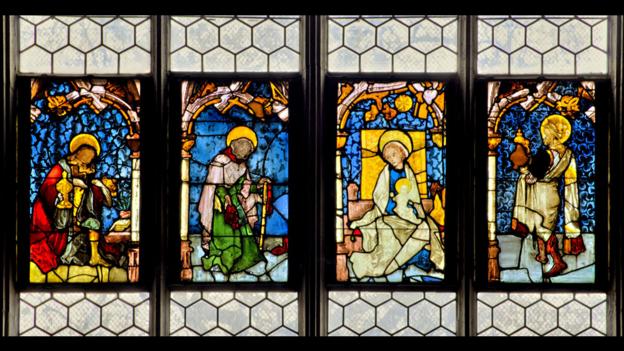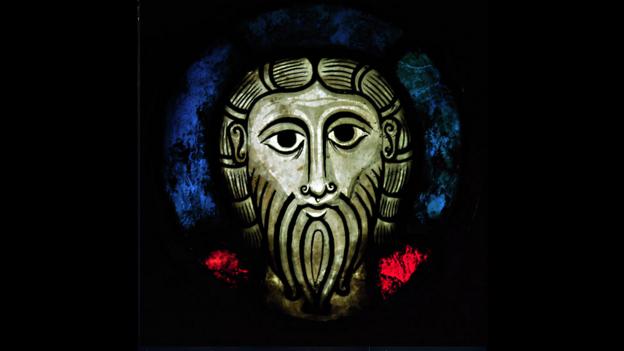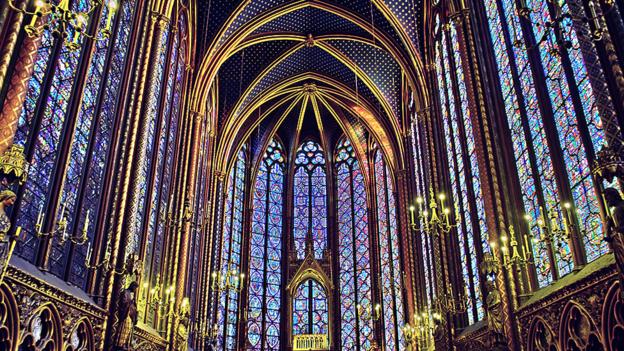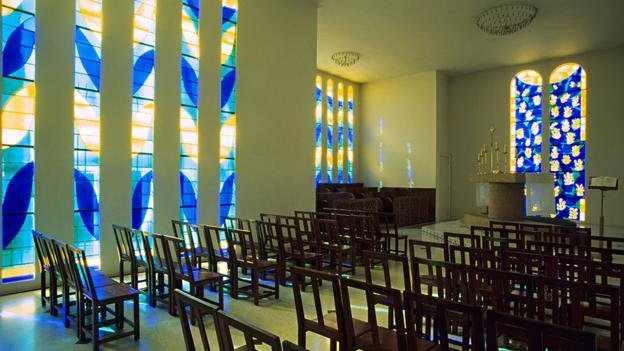- Augsburg Cathedral, late 11th Century
-
The practice of
staining glass for decorative purposes dates to ancient Rome, but the
oldest examples in situ are from this Romanesque church in Augsburg,
Germany, in the heart of Bavaria. Portraits of Moses, Daniel and other
biblical figures gaze down from the south clerestory – the prophets
stand rock-solid in their hats and robes, ringed by marbled borders that
have grown more elegant with age. (Joergens.mi/Dom zu
Augsburg/Wikipedia/CC BY-SA 3.0)
|










No comments:
Post a Comment